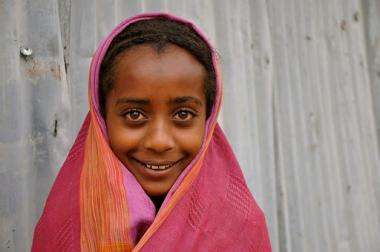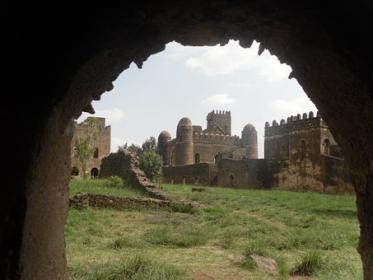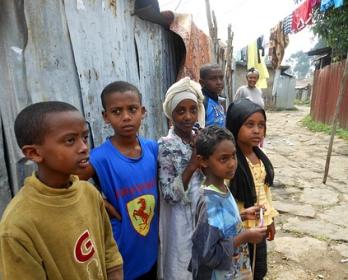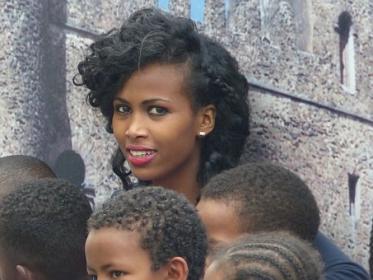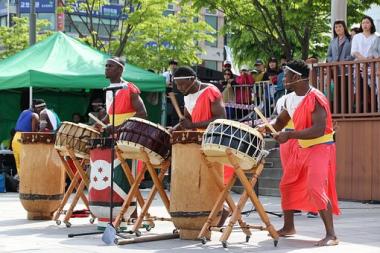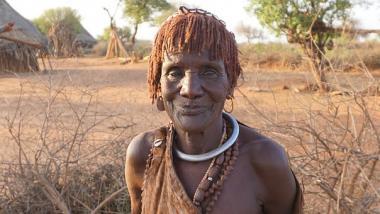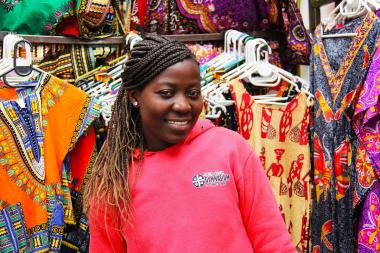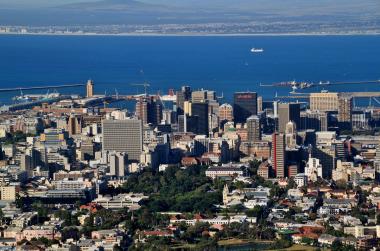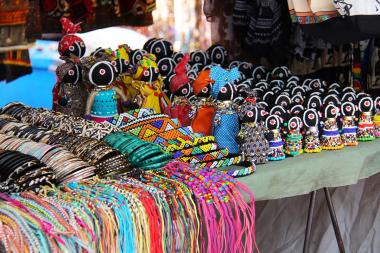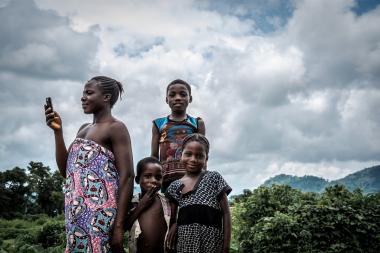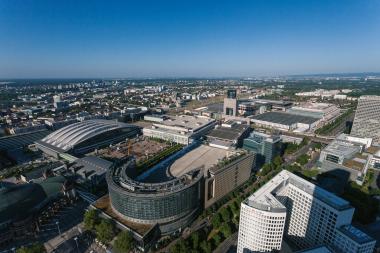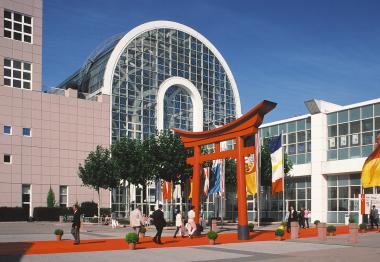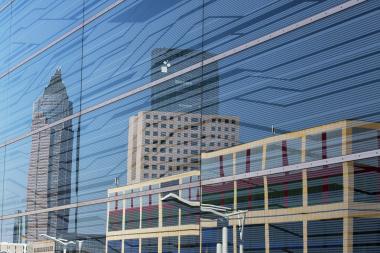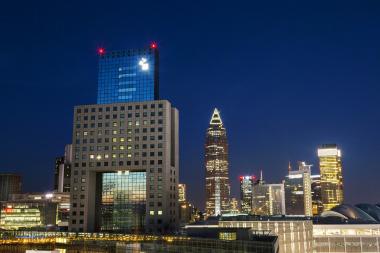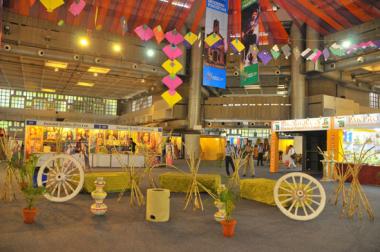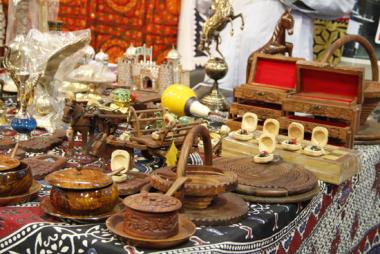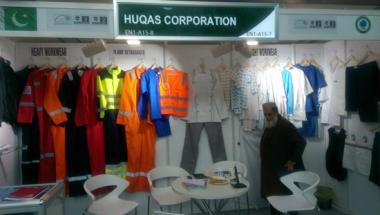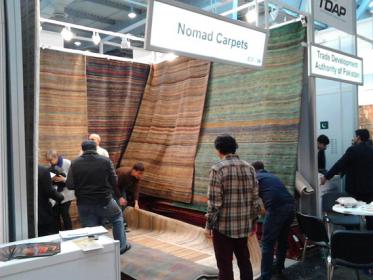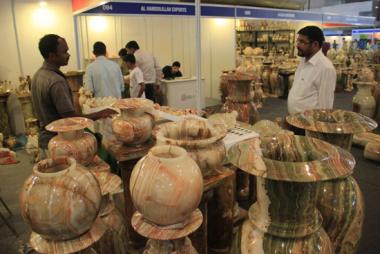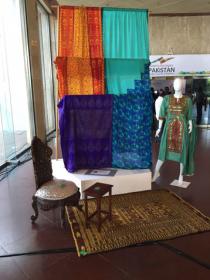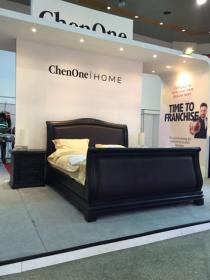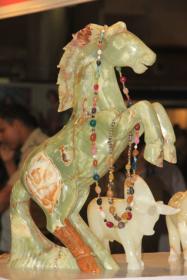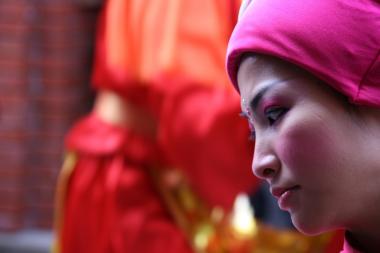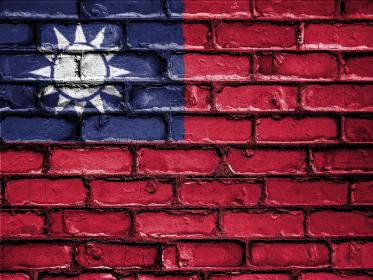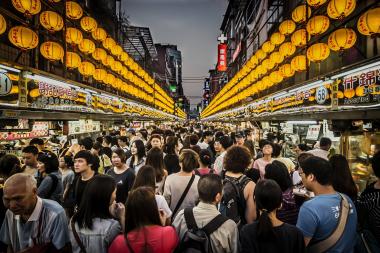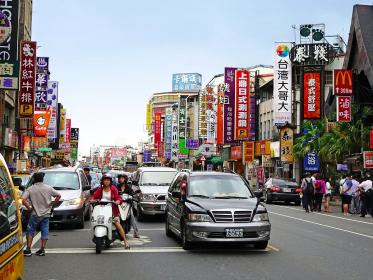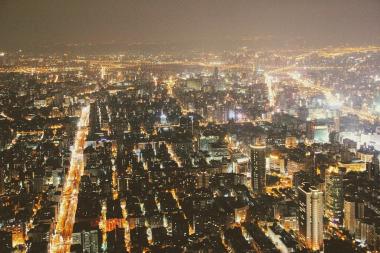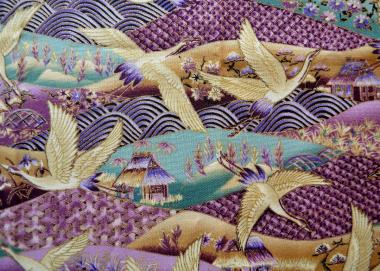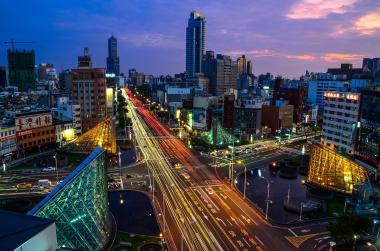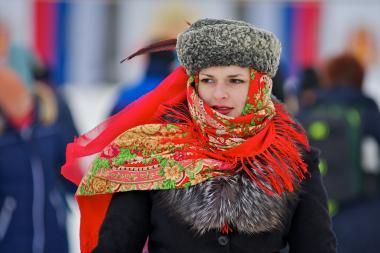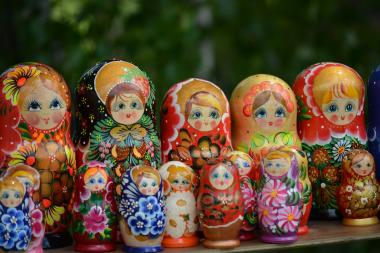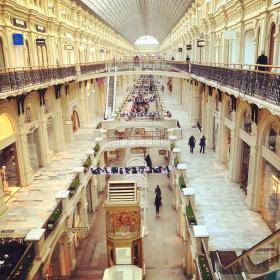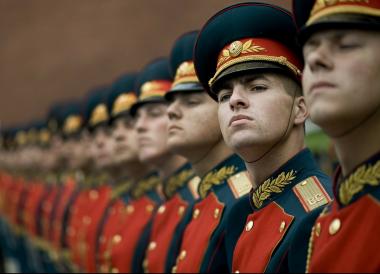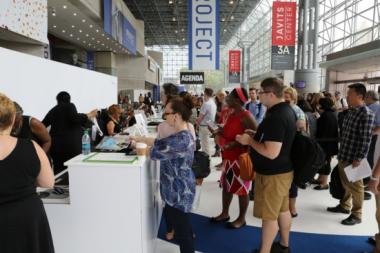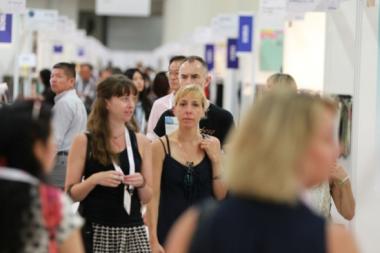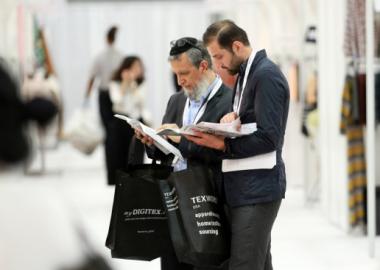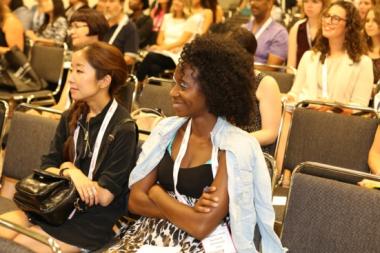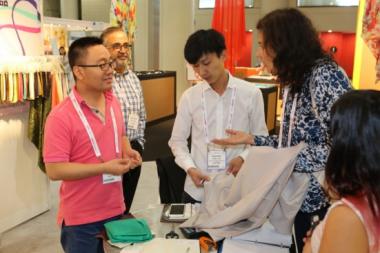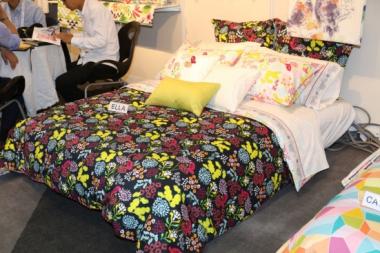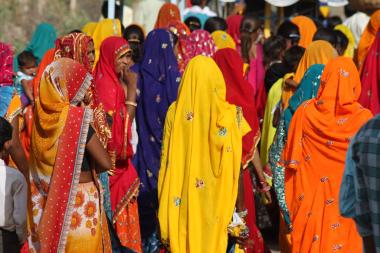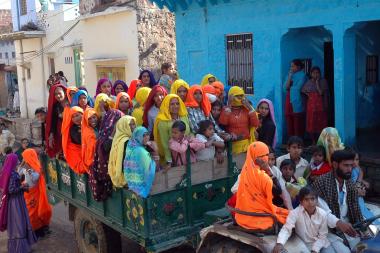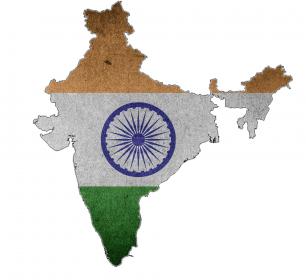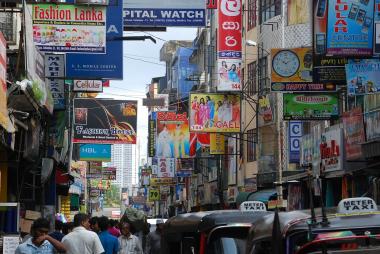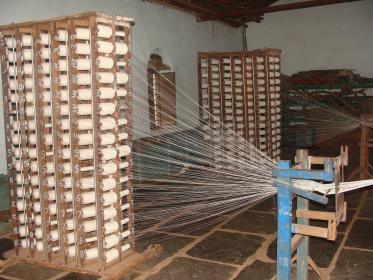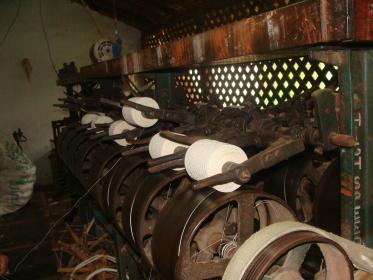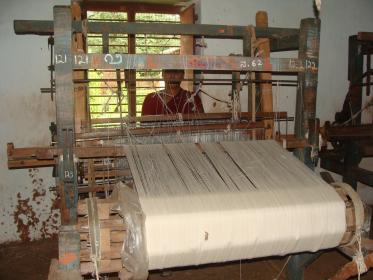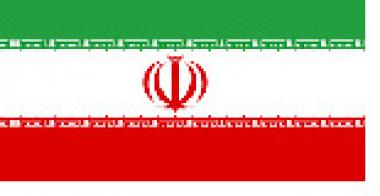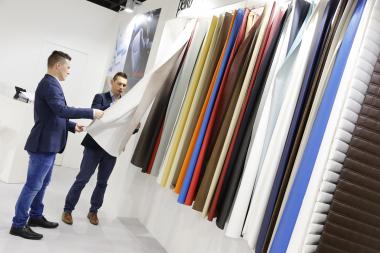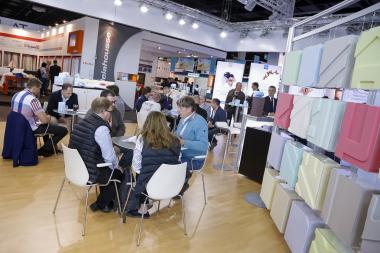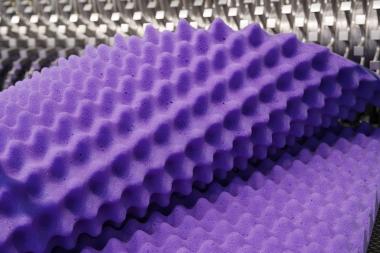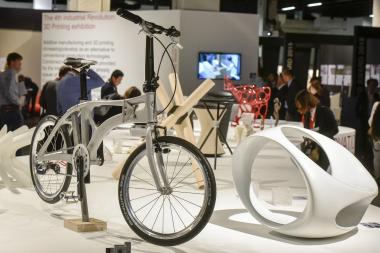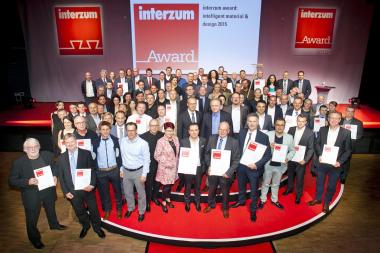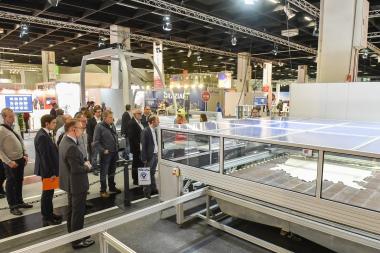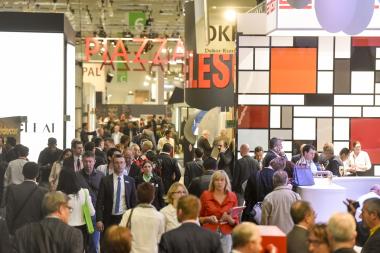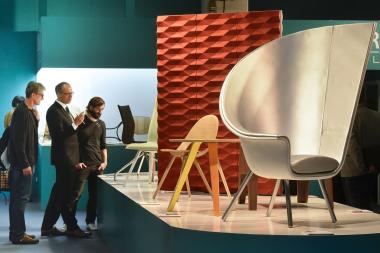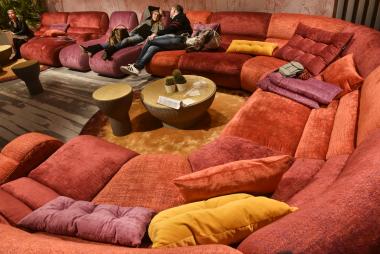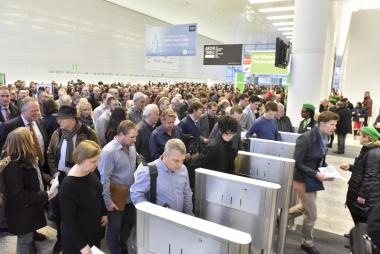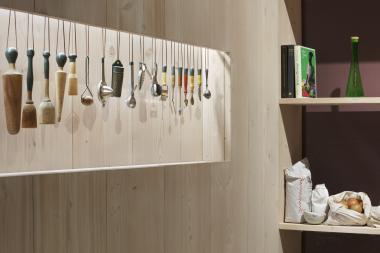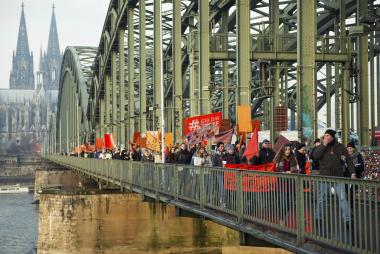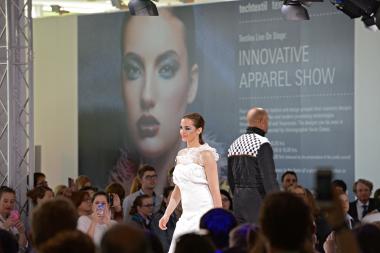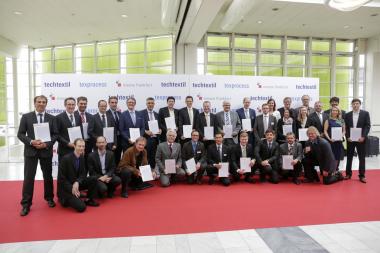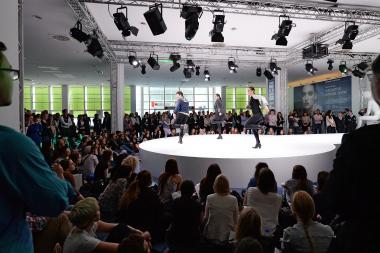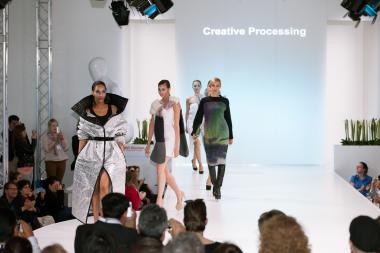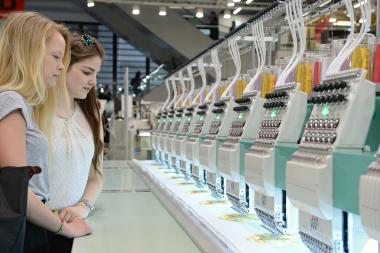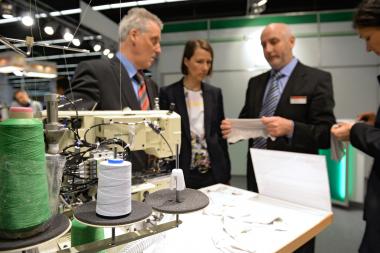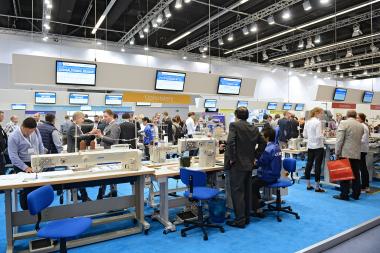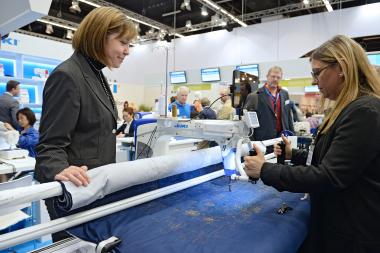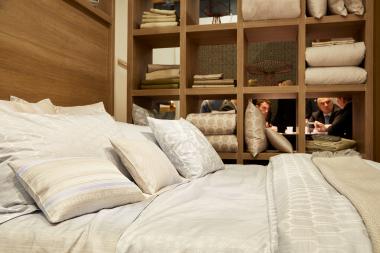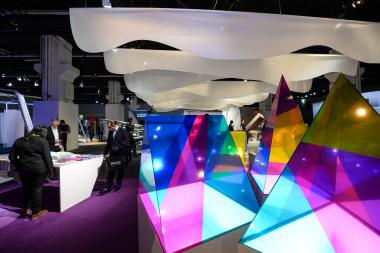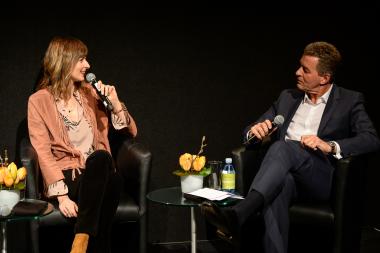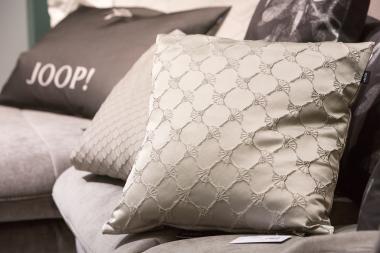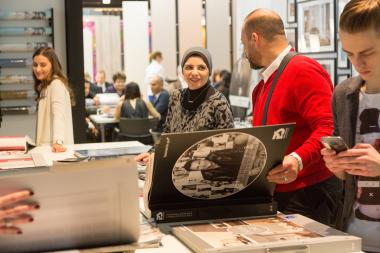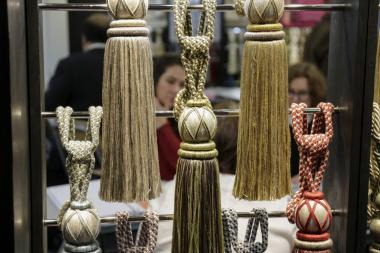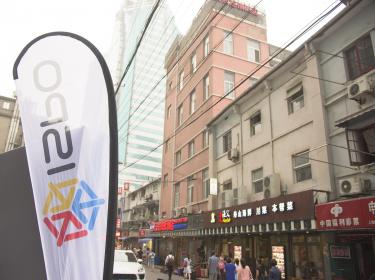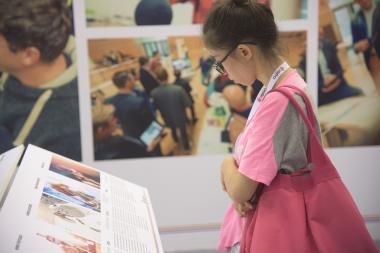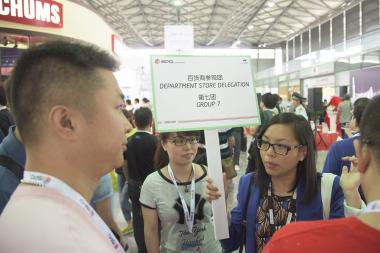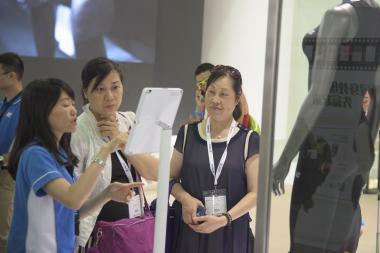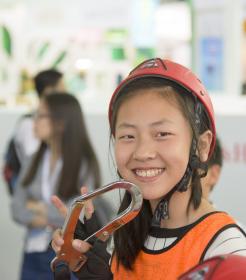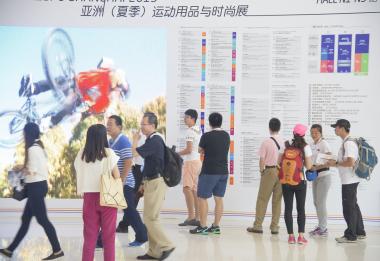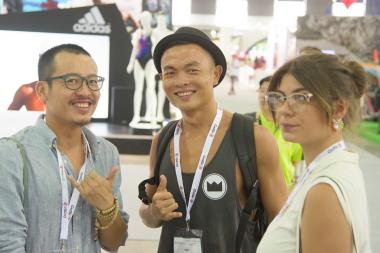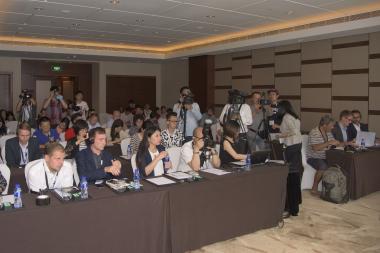ETHIOPIA IS CONSIDERED AS INVESTMENT TIP IN SUB-SAHARAN AFRICA
- International companies have confidence in government work
- Chinese set the tone
Nairobi (GTAI) - Foreign companies are flowing into Ethiopia and investing in the textile, clothing and leather sectors. Ethiopia is also interesting for companies that assembling simple technical devices. The country does not look good in various international indices, but that does not have to be a contradiction. For some sectors Ethiopia is highly interesting and hope for improvement is always to be hoped for.
Ethiopia is one of the poorest countries in the world and one of many typical developing countries, as there are many on the African continent. The big difference is: Ethiopia is controlled by a regime that is not satisfied with what it has achieved, but is more ambitious: to become a leading, if not the leading, industrialized nation in sub-Saharan Africa.
Model China
Despite its geographical location in Africa, large parts of the country's historical and cultural development are strongly influenced from the Middle East. The big role models are therefore not more successful states in Africa but are coming as the United Arab Emirates and China from the East. Thirty years ago, the economic march that Ethiopia is undergoing today, began there: cheap labor, interesting natural resources, enough free land and rivers for energy and irrigation.
The country is thus attractive for labor-intensive industries, especially the textile, clothing and leather industry. A worker in an Ethiopian sweatshop earns an average of USD 909 a year, based on a survey by the US Center for Global Development, compared to USD 835 in Bangladesh, USD 1,776 in Tanzania, and USD 2,118 in Kenya. Another advantage appreciated by employers: In the African context Ethiopian women are considered to be well-educated and less willing to strike.
Special zones of industrial oases
Another location advantage are the industrial zones, which are mostly built by Chinese companies: fencing, strict access controls, no-hole roads, guaranteed electricity and water supply, proper waste and garbage disposal, workers' housing in the area or nearby, shops, banks, medical care. From a European point of view, it may look like exploitation and "big brother", but from an Ethiopian point of view jobs are created, families are fed and foreign exchange is earned.
In July 2016, the Hawassa Industrial Park was officially opened, the largest in sub-Saharan Africa. From here, textiles and clothing are to be exported. By 2018, the park will employ 60,000 workers and generate USD 1 billion in exports. As early as 2030, Ethiopia wants to earn USD 30 billion in this segment. Even if one should not take the last number too seriously, the ambitions are clear and unambiguous.
Another industrial park was inaugurated in July 2017 in the city of Kombolcha. Meanwhile, a whole range of other parks are in various stages of realization, focusing on apparel, textiles, pharmaceuticals and medical equipment, as well as the agro-industry. According to the Ethiopian Government, there is no shortage of interested investors, primarily from China, India, Turkey, the US, Hong Kong and South Korea.
Cheap electricity soon abound
While some of the industrial parks still have to rely on standby generators and the connection to roads and railways leaves much to be desired, long-term remedies are in sight: several large hydropower plants are under construction nationwide, especially the Grand Ethiopian-Renaissance Dam project, which will start up the first generators in the current financial year (July 8th 2017 to July 7th 2018). Upon final completion, the capacity should reach 6,450 megawatts. It would then be Africa's largest power plant - and one of the cheapest electricity suppliers.
There are notable successes in road construction also: since August 2016, Ethiopia has got a first fully commissioned 85-kilometer three-lane highway from the capital Addis Ababa to Adama. Further sections are under construction. And also with the railway there is something to celebrate with a new, 756 kilometers long and continuously electrified route between the outskirts of Addis Ababa and the container port in neighboring Djibouti.
Foreign exchange shortage a big hurdle
This positive development cannot hide the fact that large parts of the country are not yet connected to the electricity net, that the road network is inadequate and the railway line is only a small start. Moreover, the bureaucracy is inflated and inefficient and lacks a functioning constitutional state. Currently, an acute lack of foreign exchange hinders imports and profit transfers, as the ambitious infrastructure projects absorb every available dollar in the country.
Investors, however, are speculating on tomorrow: because the country is on the right track and wants to maintain its course. A steady influx of foreign direct investment shows that international companies have sufficient confidence and want to be among the first. In addition next to the low wages, they are interested above all in the underdeveloped and untapped consumer market of 105 million people. For the South African Rand Merchant Bank, Ethiopia is therefore the fourth most attractive investment destination in Africa after Egypt, South Africa and Morocco (Where to Invest in Africa 2018).
Poor placement in international rankings
Even if Ethiopia is predicted to get a bright future, current negative assessments may not be ignored: in the Global Competitiveness Index 2017 - 2018 of the World Economic Forum, Ethiopia ranks 108th (out of 137). In the Index of the Economic Freedom of the World Heritage Foundation Ethiopia belongs to the group of largely unfree countries in 2017 ranked 142 (out of 180). And in the Doing Business Ranking of the World Bank (2017), Ethiopia is in a poor position with 159 (out of 190). By contrast, in 2016 in the Transparency International's Corruption Perceptions Index Ethiopia ranked 108 (out of 175), making it a lighthouse in an otherwise corrupt region (last place: Somalia 176, South Sudan 175, Sudan 170, Eritrea 164, Uganda 151, Kenya 145, Djibouti 123).
In the Fragile States Index 2017 of the Fund for Peace, Ethiopia ranks 15th, ranking among the most fragile states in the world (lowest rank 1 = South Sudan, best rank 178 = Finland). Ethiopia also scored poorly on press freedom and the rule of law: ranked 150th out of 178 in the Press Freedom Index in 2017 and 107th in the Rule of Law Index in 2016 (out of 113).
| 2016 | 20171) | 20181) | |
|---|---|---|---|
| Gross domestic product, in USD billion | |||
| ..Kenya | 70,5 | 80,7 | 88,2 |
| ..Ethiopia | 70,3 | 72,1 | 75,3 |
| ..Tansania | 47,7 | 50,5 | 52,5 |
| GDP growth, real, in % | |||
| ..Kenya | 5,8 | 5,1 | 6,1 |
| ..Ethiopia | 7,6 | 6,1 | 5,7 |
| ..Tansania | 7,0 | 6,4 | 6,0 |
| Import of goods, in USD billion, fob | |||
| ..Kenya | 13,62) | 14,5 | 15,1 |
| ..Ethiopia | 16,02) | 16,8 | 17,0 |
| ..Tansania | 8,52) | 8,6 | 9,0 |
1) Prognosis
2) Estimation
Source: Economist Intelligence Unit


